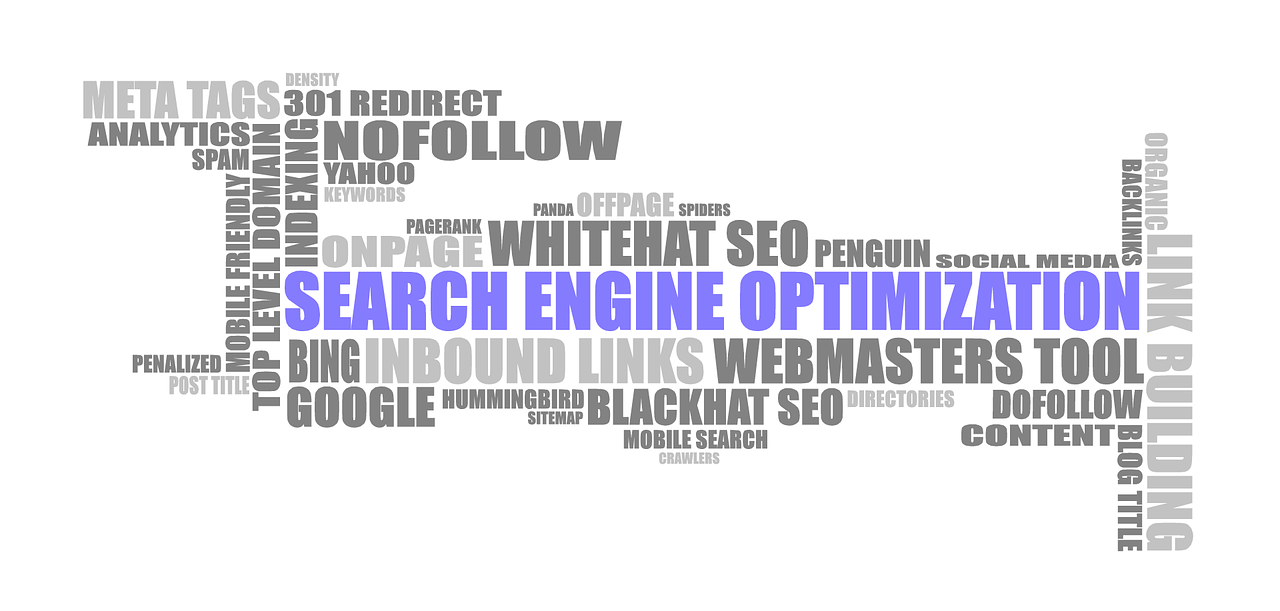Most Important SEO KPIs You should Track for Digital Marketing Success
You’ve designed a killer website.
Quick Links
You’re publishing insightful and engaging content your audiences like.
You’ve spent your time and effort creating solid buyer personas and segmenting your audiences.
However, how can you determine the success of your campaigns?
This is where your SEO key performance indicators (KPIs) step in.
These are metrics that help you demonstrate the value of your SEO campaign and its results.
Sure, to get the most out of your SEO KPIs, you need to choose the right ones.
Here are a few SEO KPIs every marketer should track.
Organic Traffic
Organic traffic is one of the most significant metrics for estimating your SEO performance. Just like its mere name says, it represents all visitors that landed on your site from organic search.
You can calculate it directly from Google Analytics. Go to Acquisition> All Traffic> Channels and then choose “Organic Search.” This is the basis of your SEO reports, as it helps you find out what your top landing pages are, what keywords are generating the highest traffic, what your main exit pages are, and so forth.
Apart from your overall traffic, you should also measure your traffic by landing pages and locations. For example, if you notice that most of your organic traffic comes from those locations that are not relevant to your business (and don’t result in conversions), this is a clear indicator that you should rethink your audience targeting, keyword research, and content marketing tactics.
Website traffic gives you general insights into your performance in organic search. However, when observed alone, it can be a vanity metric. This is what Tim Soulo explains perfectly in one of his articles. He emphasizes that the number of people visiting your site from organic search doesn’t matter if those visitors don’t become leads and, ultimately, conversions.
Precisely because of that, you need to compare your organic traffic to other relevant metrics for your business, such as conversion rates or bounce rates.
The Clickthrough Rate
Your clickthrough rate (CTR) shows you the percentage of users that clicked on one of your pages after seeing it in search results. The way we calculate it is simple, by dividing the number of clicks by the number of impressions and multiplying the result by 100 to see it in percentages. For instance, if you had 100 impressions and 15 clicks, then your CTR would be 15%.
The clickthrough rate is incredibly important, as it shows you how catchy your listings are to your target audience. If your title tags are generic, URLs are too long, and your meta descriptions are spammy, chances are people will simply skip your site and choose to click on a more quality resource. These elements are the proof of your site’s credibility. They grab people’s attention and are key to convincing them to click on your and not your competitor’s page.
Your rankings also play an important role in your CTR. Namely, stats say that the first position on Google receives approximately 33% of clicks, while 75% of searchers never scroll past the first page in the SERPs. Therefore, the higher you rank, the higher your CTR will be. On the other hand, your rankings cannot be high if your CTR is poor. This is where we see how different SEO aspects complement each other.
The Bounce Rate
A bounce is when a visitor lands on your page and decides to leave it without seeing any other page. The percentage of your visitors that bounce is called the bounce rate. Unsurprisingly, a high bounce rate means that your visitors are not satisfied with what they see once they land on your site.
The reasons for a high bounce rate are multiple:
- Your page loads slowly.
- Your page content doesn’t align with the tile and meta descriptions.
- Your content is under-optimized, full of fluff text, or difficult to follow.
- Technical site errors
- A poor backlink from another site
- Frustrating UX, such as confusing navigation, loads of intrusive ads and popups, generic CTAs, etc.
You could also calculate your bounce rate by a landing page. This way, you will learn what pages keep your visitors interested and which ones drive them away.
Keyword Rankings
When building your SEO strategy, your main goal is to optimize your content for the right keywords and increase your rankings in the SERPs. So, it’s logical that you will want to track how your rankings change over time.
Of course, you can take some time to conduct a manual search, google your keywords, and see where your site is positioned for them. Sure, there is a faster and simpler way to do so and that’s, of course, choosing the right tools. This is where Ahrefs’ Site Explorer, Moz’s Rank Tracker, and SEMrush may help you. You can even use a digital marketing reporting tool like Reportz that integrates with each of these tools and lets you combine their widgets and insights for more accurate results.
Domain Authority
Domain Authority (or Domain Rating in Ahrefs) tells you how authoritative and relevant your site is on a scale from 0 to 100. The major factor determining your DA is your backlink profile. Precisely because of that, you should pay attention to the “relative link popularity” when looking for link building prospects.
As for measuring domain authority, there are numerous tools you could use, such as Website Authority Checker, Majestic, Moz, or Ahrefs.
Referring Domains
Many inexperienced marketers don’t understand the difference between new backlinks and referring domains. Namely, incoming links are all links pointing back to your website. Referring domains, on the other hand, represent the number of unique domains that link to your site. As a rule of a thumb, links coming from “fresh” sites that haven’t linked to you before carry greater value than those sites that already link to you. Some of the tools you can use to track your backlinks and referring domains are Ahrefs’ Backlink Checker, Majestic, or SEMrush.
Conversions
The goal of SEO is clear- to drive people to your site, engage them, and inspire them to convert. In other words, conversions are your end goal and the major reason why you even optimize your site for search engines. This is why you need to monitor them regularly.
One of the best ways to do so is to set up your custom goals in Google Analytics, such as online purchases or newsletter signups- anything that brings value to your business. This is how you will be able to monitor the percentage of your audiences taking the desired action.
Over to You
By conducting regular SEO audits, tracking your major SEO metrics, and creating relevant digital marketing reports, you will be able to understand what tactics work or don’t work for you. Most importantly, by focusing on the aspects of your strategy that matter, you will increase your rankings, boost your online authority, and skyrocket your conversion rates.
 Lauren Wiseman is a marketing specialist, a regular guest author in adlbweb.com, contributor to bizzmarkblog.com and entrepreneur. She helps clients grow their personal and professional brands in the fast-changing and demanding market, strongly believing in a holistic approach.
Lauren Wiseman is a marketing specialist, a regular guest author in adlbweb.com, contributor to bizzmarkblog.com and entrepreneur. She helps clients grow their personal and professional brands in the fast-changing and demanding market, strongly believing in a holistic approach.
How to Use AI-Powered SEO Tools for WordPress eCommerce
SEO is a critical factor in the success of any e-commerce WordPress store. As competition…
0 Comments11 Minutes
Why Short-Form Videos Are the Future of Content Marketing
Your Instagram customers spend over 50% of their time watching short-form videos and reels. Rather…
0 Comments12 Minutes
The Role of Digital Marketing in Business Growth
Online marketing touches every aspect of a business, whether it is initiating the idea or for an…
0 Comments3 Minutes
AI Meets Authenticity: Balancing Automation and Human Touch in Content Marketing
Is your brand starting to sound like a robot? In a world where algorithms write faster than any…
0 Comments8 Minutes
Essential Tools for Enhancing Web Design and UX Hosting
Have you ever visited a website that felt slow, clunky, or confusing? A website that is poorly…
0 Comments11 Minutes
How a Mini Cart Transformed My Store’s Shopping Experience
Okay, real talk—running an online store is hard. You think you’ve got everything figured out, you…
0 Comments9 Minutes
Balancing Your Security Initiatives With Industry Compliance Requirements
Managing a business today comes with a number of daily battles that need to be fought. Resources…
0 Comments11 Minutes
Best plugins to enhance the customer shopping experience
Customer experience is a key part of every online store. A good experience helps customers find…
0 Comments7 Minutes








